Category: genetics – Page 455
Peter Fedichev at Ending Age-Related Diseases 2019
We’re continuing to release talks from Ending Age-Related Diseases 2019, our highly successful two-day conference that featured talks from leading researchers and investors, bringing them together to discuss the future of aging and rejuvenation biotechnology.
Dr. Peter Fedichev, co-founder of GERO, discussed biomarkers in the context of mouse research, particularly physiological frailty and blood cell counts. He introduced a new index, the Dynamic Frailty Index, and explained it in detail, including the advantages that it has over conventional frailty models and epigenetic clocks. He also explained the differences between humans and mice, most notably the fact that interventions that work in mice do not always apply to human beings.
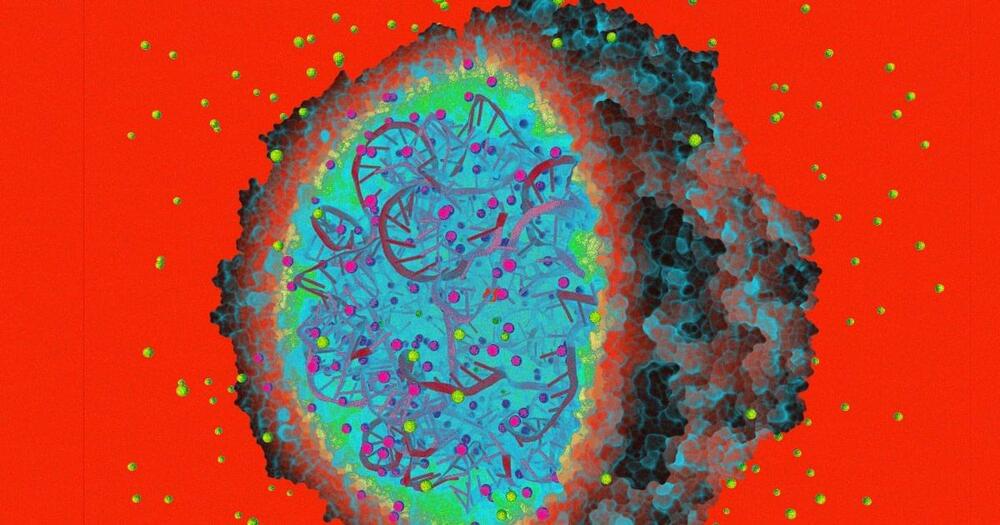
Researchers Turn CRISPR Into a Virus-Killing Machine
On the surface, Ebola and the flu might not seem all that similar — one can cause organ failure or death, while the other usually just makes you feel really crummy — but they actually have the same underlying cause: an RNA-based virus.
That’s the type of virus behind some of the most common — and deadly — illnesses in the world, and researchers have just discovered a way to use the powerful gene-editing technology CRISPR in the fight against them.
On Thursday, a team lead by researchers from Harvard and MIT’s Broad Institute published a study in the journal Molecular Cell detailing their creation of CARVER (Cas13-Assisted Restriction of Viral Expression and Readout), a system that utilizes the CRISPR enzyme Cas13, which “naturally targets viral RNA in bacteria,” according to a Broad Institute press release.
Talks at Google
David Sinclair, professor of genetics at Harvard Medical School, discusses his new book “Lifespan”, which distills his cutting-edge research findings on the biological processes underpinning aging. Sinclair describes lifestyle hacks we can undertake now to combat aging, as well as future scientific breakthroughs that promise to slow down—and even reverse—the aging process.
Moderated by: Sam Phippen
Get the book: https://goo.gle/2LXCd2P
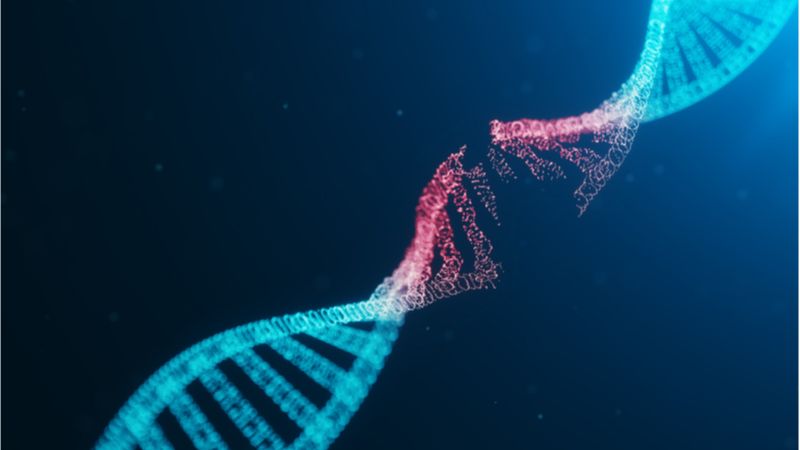
DNA Damage Leads to Epigenetic Alterations
A team of researchers, including Dr. David Sinclair, has recently made a new study available as a preprint prior to peer review and publication in the journal Cell.
DNA damage and the double-strand break
Two of the primary hallmarks of aging are genomic instability, which consists of damage to our DNA, and epigenetic alterations, which are the changes in gene expression that occur with aging and are harmful to normal cell function.
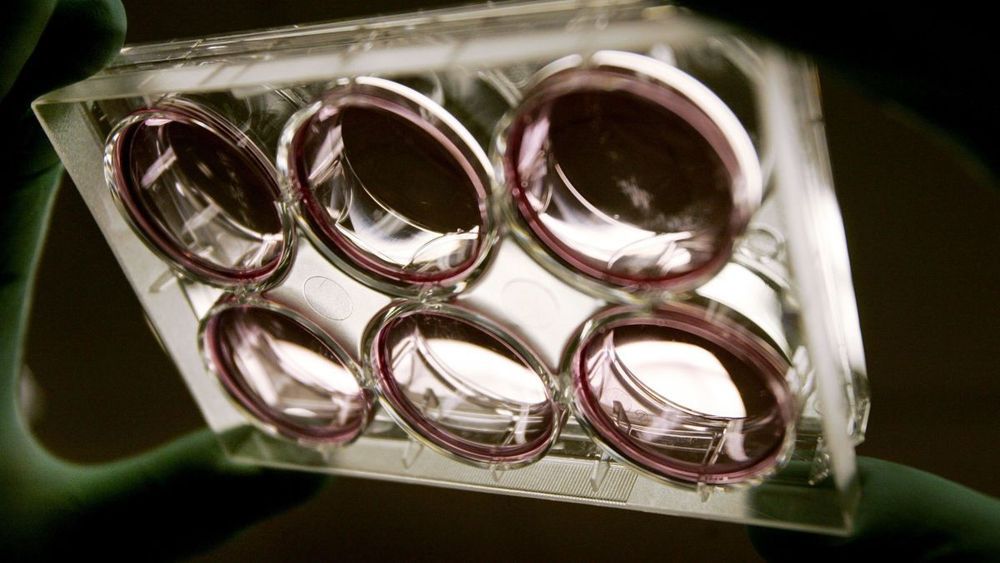
Over 150,000 Americans Have Rare DNA Fluke and Don’t Know It, Study of 23andMe Data Finds
A supposedly rare genetic quirk might be more common than we think, according to new research out Thursday. The study, based largely on 23andMe data, suggests that one in every 2,000 people are born with two copies of a gene from only a single parent, often with no serious health consequences.
Ordinarily, a person’s egg or sperm cells have one set of the genes that make up their chromosomes (other cells in our body have two sets). When a sperm fertilizes an egg, the resulting fertilized zygote will then have two sets of 23 chromosomes, one from each parent, making 46 chromosomes in total. If all goes well, the zygote multiplies and divides until it becomes a person, one with an even allocation of gene copies from both parents.
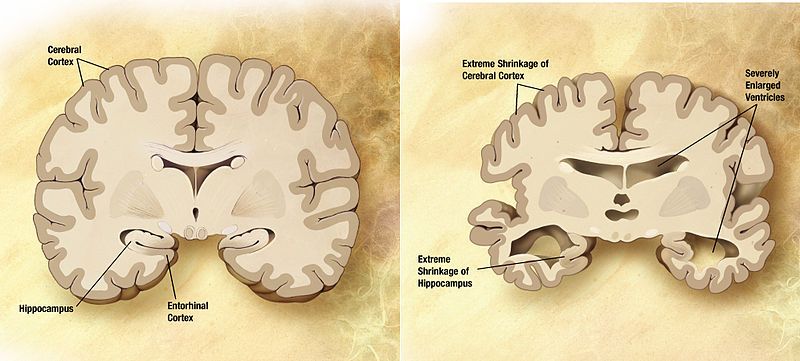
Tau-mediated RNA splicing errors linked to Alzheimer’s disease
A collaborative study published today in the journal Cell Reports provides evidence for a new molecular cause for neurodegeneration in Alzheimer’s disease. The study, led by researchers at Baylor College of Medicine and the Jan and Dan Duncan Neurological Research Institute at Texas Children’s Hospital, integrates data from human brain autopsy samples and fruit flies to reveal a novel mechanistic link between alterations in RNA splicing and tau-mediated neurodegeneration in Alzheimer’s disease.
“Cells carry out their functions by producing specific proteins encoded in their genes. To produce proteins, genes encoded in the DNA are first transcribed into RNA molecules, which subsequently are translated into proteins,” said corresponding author Dr. Joshua Shulman, associate professor of neurology, neuroscience and molecular and human genetics at Baylor and investigator at the Jan and Dan Duncan Neurological Research Institute.
In this study, Shulman and his colleagues investigated a molecular mechanism called RNA splicing that is involved in the production of mature RNA molecules necessary to produce working proteins. They looked into the possibility that aggregates of tau protein within neurons, a key marker of Alzheimer’s disease, interfered with RNA splicing.
How Close Are We to Harnessing Synthetic Life?
Scientists are exploring how to edit genomes and even create brand new ones that never existed before, but how close are we to harnessing synthetic life?
» Subscribe to Seeker! http://bit.ly/subscribeseeker
» Watch more How Close Are We | http://bit.ly/HCAWplaylist
» Follow Olivia on Instagram: instagram.com/OliviaPavcoG
Scientists have made major strides when it comes to understanding the base code that underlies all living things—but what if we could program living cells like software?
The principle behind synthetic biology, the emerging study of building living systems, lies in this ability to synthesize life. An ability to create animal products, individualized medical therapies, and even transplantable organs, all starting with synthetic DNA and cells in a lab.
There are two main schools of thought when it comes to synthesizing life: building artificial cells from the bottom-up or engineering microorganisms so significantly that it resynthesizes and redesigns the genome.
With genetic engineering tools becoming more and more accessible, researchers want to use these synthesized genomes to enhance human health with regards to things like detecting infections or environmental pollutants. Bacterial cells can be engineered that will detect toxic chemicals.
And these synthesized bacteria could potentially protect us from, for example, consuming toxins in contaminated water.
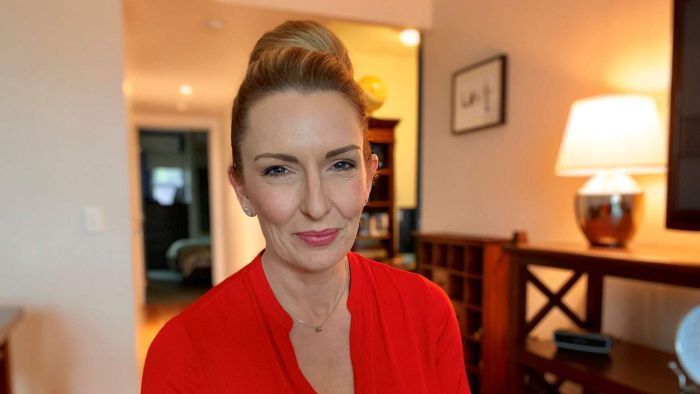
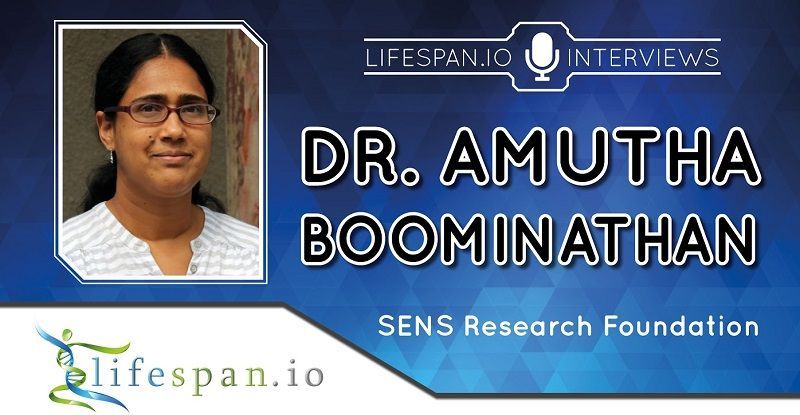
An Interview with Dr. Amutha Boominathan
We recently had the opportunity to interview Dr. Amutha Boominathan from the SENS Research Foundation, at the Ending Age-Related Diseases 2019 conference about her research on mitochondrial repair therapies, the value of animal models, and her views on the future of aging research.
Dr. Amutha Boominathan received both her MSc and her PhD in Biochemistry from the University of Pune and the National Chemical Laboratory in India, respectively. She went on to do postdoctoral work in the U.S. relating to mitochondrial biogenesis at U. Penn and Rutgers University. She has extensively studied mechanisms of fusion and fission in mitochondria, Fe-S cluster biosynthesis, and protein import into mitochondria as part of her postdoctoral fellowship with the American Heart Association.
Currently, Amutha leads the MitoSENS program at SENS Research Foundation in Mountain view, California. Her research group is focusing on understanding mitochondrial DNA (mtDNA) mutations and restoring lost functionality as a result of these mutations by way of the allotopic expression of mitochondrial genes. Inherited mtDNA mutations can result in severe and debilitating diseases, such as NARP, Leigh’s syndrome and MELAS. Even in otherwise healthy individuals, mtDNA mutations accumulate with age. The MitoSENS team has already succeeded in stably expressing the ATP8 gene using their method and is looking forward to tackling each of the 13 mitochondrial protein genes in the coming years. Its goal is to develop safe and effective gene therapies for mitochondrial dysfunction.